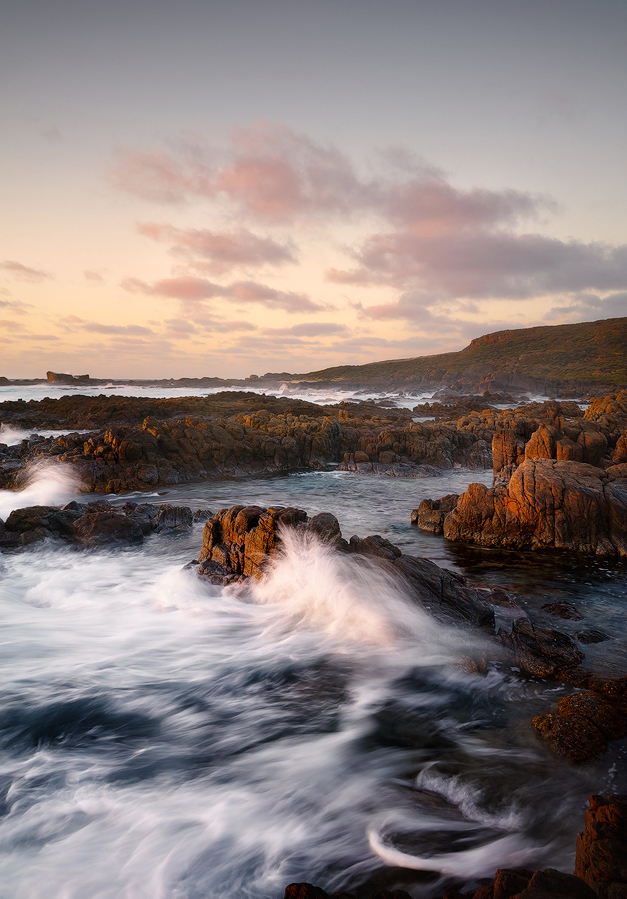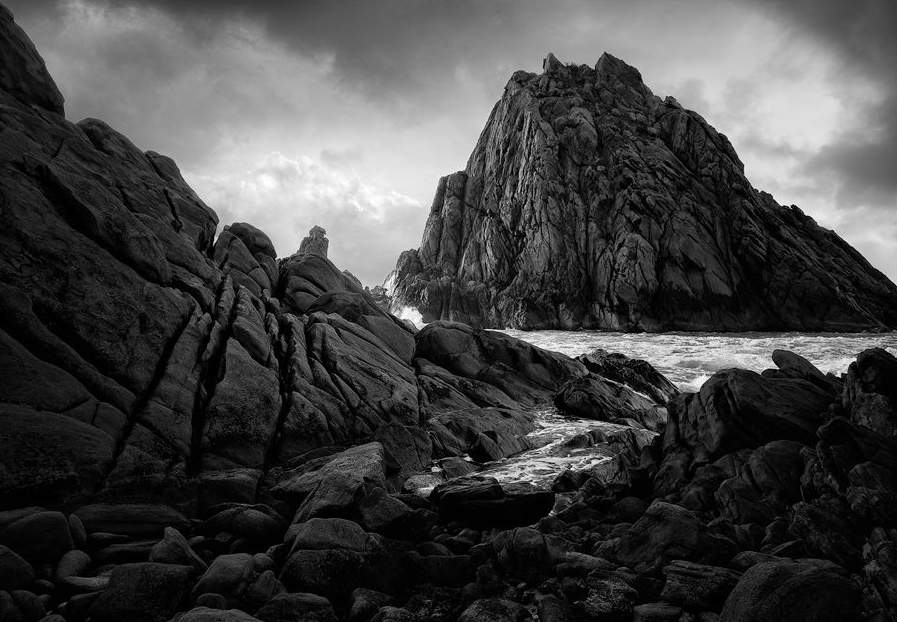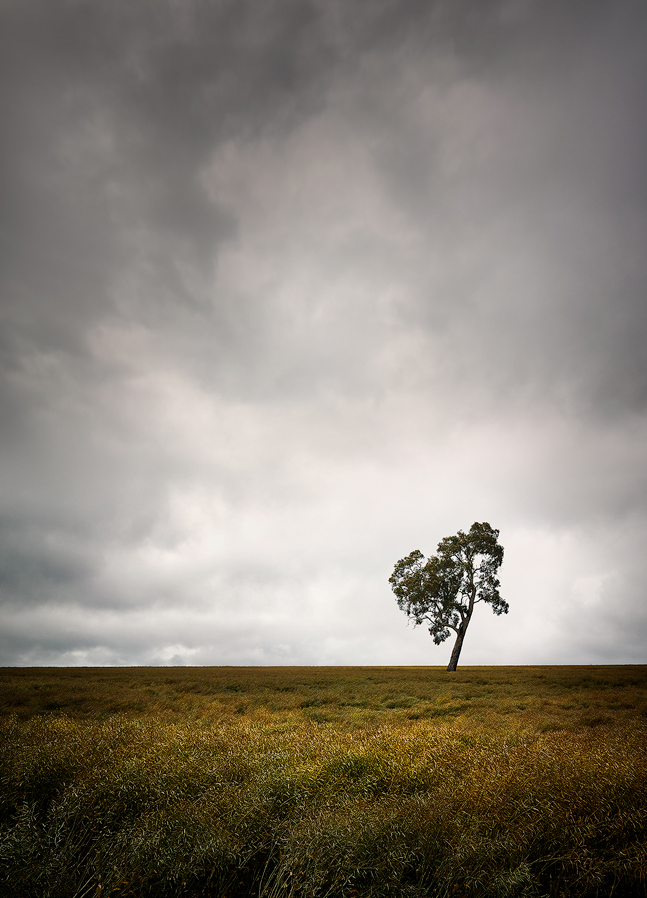In late 2017 a friend and I made the journey to south-west WA. I’ve long wanted to visit this part of the country, and it did not disappoint. After a day in Perth, we drove down to our base of Dunsborough from which to explore everything this region of Western Australia has to offer.
If you’re looking for pristine, postcard-like beaches, rugged coastlines and more, this is it. It’s a wonderful part of the world ripe for landscape photography. We visited Christian Fletcher’s gallery in Dunsborough for inspiration and I was blown away by the work on offer. It’s a must-see if you’re ever down that way (with a great café next door to fuel up).
Not the actual Sugarloaf Rock, but uniquely impressive in its own right come sunrise.
If it is drama you are looking for, the South West coast of Australia does not disappoint.
We tackled the usual spots, including Sugarloaf rock, driving around the region and getting as far as Cape Leeuwin. A big ol’ python managed to find me in one of the bush toilets, which was fun, but most the wildlife was to be found in the second part of our trip to the Sterling Ranges.
The Sterling Ranges are reasonably remote. I think we saw maybe a couple of cars the whole time. There’s a single café and… that’s about it. It is a unique landscape in constantly changing weather. In a word, dramatic.
Fremantle offered so many photographic opportunities. This is actually my favourite image from the trip. It’s where I want my photography to head.
While there are many hikes you can do in the park, we stuck to the most popular—Bluff Knoll, ascending in an hour or two. Bluff Knoll has its own microclimate, so what started out as a sunny day at the beginning of our hike soon turned into a complete gale-force whitewash at the top where you could barely see in front of you. It was still a great walk, though, and highly recommended no matter the conditions.
We stayed in the very unique Dakota DC-3 plane accommodation at The Lily in the Stirling Ranges. It’s an odd sensation sleeping, and showering, in the interior of a plane, but it’s a great story to tell when you back, and the owners are fantastic.
A rainbow near Bluff Knoll in the Sterling Ranges of Western Australia
There’s plenty of vineyards in the region… and plenty of great food to match. Here I was aiming for a more painterly approach
Throughout the trip I used my Sigma DP-1. It still looks pretty amusing in that giant backpack I have, but it performed admirably, waiting until our very last day to die to finally give up on me (I couldn’t lock in a fixed aperture). I don’t imagine the sea spray and general wear and tear I’ve put it through helped, but hey, at least it was an excuse to go shopping for a new system. More on that soon.
In short, if you can get down to Western Australia’s south west, you’re in for a treat. Don’t miss it. Here are some more images from the trip.
The mighty Sugarloaf Rock is such a striking formation. I thought black and white would serve it well.
No photographer can resist a lone tree in a field.
I could have shot in Fremantle for hours. There was just so much to take in the general public no doubt passes on by.
The famous Quindalup boat ramp.
This was such an iconically Australian coastal scene I simply had to take a shot.
The microclimate of Bluff Knoll means you never know what you’re going to get weather-wise. It can change in an instant, and does.
Boranup Forest with its towering trees is another must-see.
A few days wasn’t enough to take in all the Stirling Ranges had to offer.































